Best Companion Plants For Bunching Onions
Best Companion Plants for Bunching Onions
Onions are a staple in many gardens, and for good reason. They're relatively easy to grow, and they can add a lot of flavor to your meals. But did you know that there are certain companion plants that can help your onions grow even better?
In this blog post, we'll discuss the best companion plants for bunching onions. We'll also talk about why companion planting is beneficial, and how to choose the right companion plants for your garden.
What is Companion Planting?
Companion planting is a gardening technique that involves planting certain plants together to benefit each other. Some plants can help to repel pests, attract beneficial insects, or improve the soil quality. By planting companion plants together, you can create a more balanced and healthy garden.
Why Are Companion Plants Important for Bunching Onions?
Bunch onions are susceptible to a number of pests, including aphids, onion maggots, and root knot nematodes. Companion planting can help to protect your onions from these pests by providing a physical barrier or by attracting beneficial insects that prey on the pests.
In addition, companion plants can also help to improve the soil quality for bunching onions. Some companion plants, such as legumes, can fix nitrogen in the soil, which is essential for the growth of onions.
What Are the Best Companion Plants for Bunching Onions?
There are a number of plants that can be good companion plants for bunching onions. Some of the best include:
- Carrots: Carrots and onions are a classic companion plant combination. The strong aroma of the onions helps to repel pests that attack carrots, while the carrots help to improve the drainage of the soil for the onions.

- Brassicas: Brassicas, such as broccoli, cabbage, and cauliflower, can also be good companion plants for onions. These plants release chemicals that repel pests that attack onions.
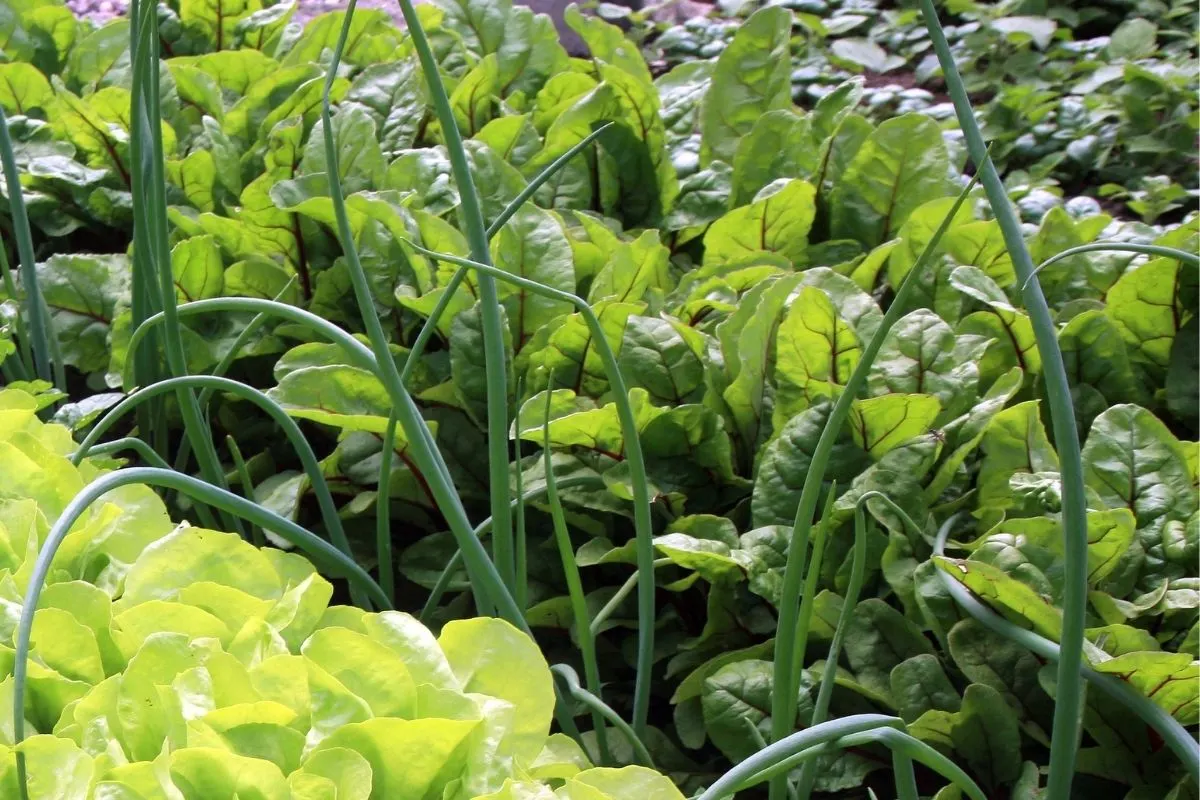
- Herbs: A number of herbs can be good companion plants for onions, including chamomile, dill, mint, and parsley. These herbs help to attract beneficial insects that prey on pests, and they can also improve the flavor of the onions.
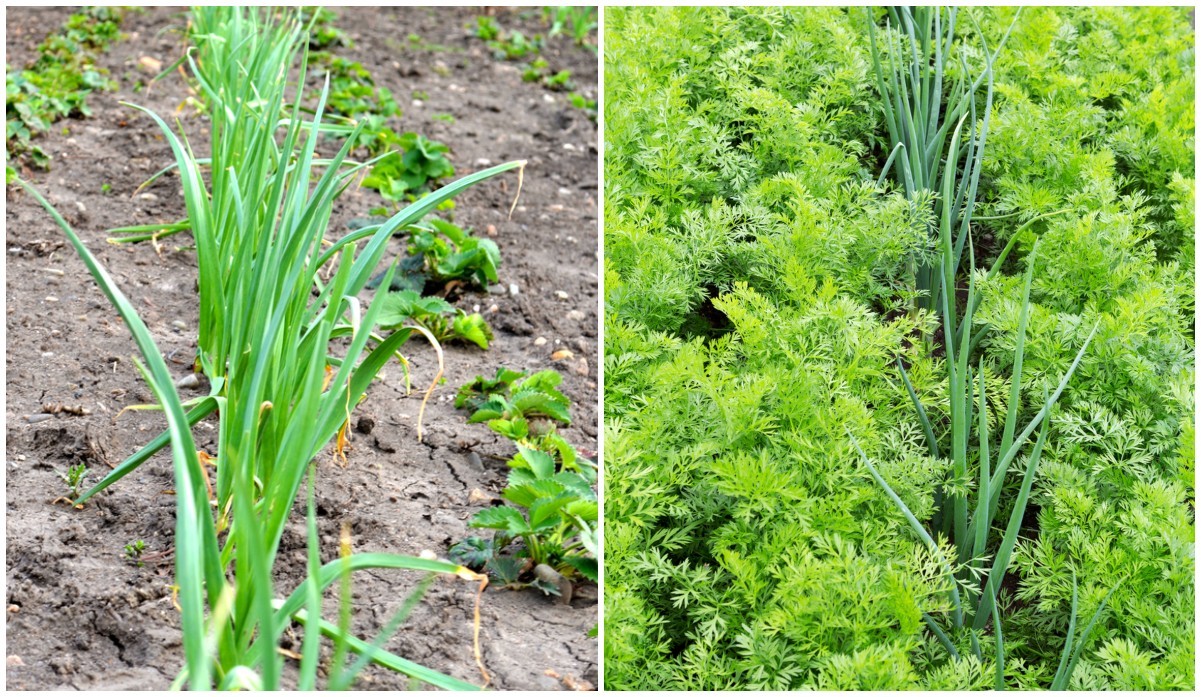
- Legumes: Legumes, such as beans, peas, and lentils, can fix nitrogen in the soil, which is essential for the growth of onions. In addition, legumes can help to improve the drainage of the soil for onions.
- Spinach: Spinach is another good companion plant for onions. It helps to repel pests that attack onions, and it can also help to improve the drainage of the soil.

How to Choose Companion Plants for Bunching Onions
When choosing companion plants for bunching onions, there are a few things to keep in mind. First, consider the pests that are common in your area. Choose companion plants that will help to repel these pests.
Second, consider the soil conditions in your garden. Some companion plants prefer sandy soil, while others prefer clay soil. Choose companion plants that will thrive in the same soil conditions as your onions.
Finally, consider the size of the plants. Some companion plants, such as tomatoes and peppers, can grow quite large. Make sure to choose companion plants that will not overshadow your onions.
Conclusion
Companion planting is a great way to improve the health and productivity of your garden. By planting certain plants together, you can help to repel pests, attract beneficial insects, and improve the soil quality.
If you're growing bunching onions, be sure to consider some of the companion plants listed above. These plants can help to ensure that your onions grow healthy and strong.
Onions and their companion plants
Onions are a versatile and delicious vegetable that can be grown in many different climates. They are also relatively easy to care for, making them a great choice for beginner gardeners.
One of the best things about growing onions is that they can be companion planted with a variety of other vegetables and herbs. This means that you can plant them near each other in your garden to help each other thrive.
Some of the best companion plants for onions include:
- Brassicas: These plants, such as broccoli, cabbage, and kale, benefit from the presence of onions because onions help to repel pests that target brassicas.
- Tomatoes: Onions can also help to deter pests that target tomatoes, such as hornworms and whiteflies.
- Herbs: Many herbs, such as chamomile, dill, and mint, can help to attract beneficial insects to your garden, which can help to control pests.
If you are interested in learning more about companion planting with onions, I recommend visiting Gardenia Inspiration. This website has a wealth of information on the topic, including a list of specific companion plants for onions, as well as tips on how to plant and care for them.
FAQ of bunching onion companion plants
Question 1: What are some good companion plants for bunching onions?
Answer: Bunching onions are relatively easy to grow and can be planted with a variety of other vegetables. Some good companion plants for bunching onions include:
- Carrots: Carrots and onions help to repel each other's pests.
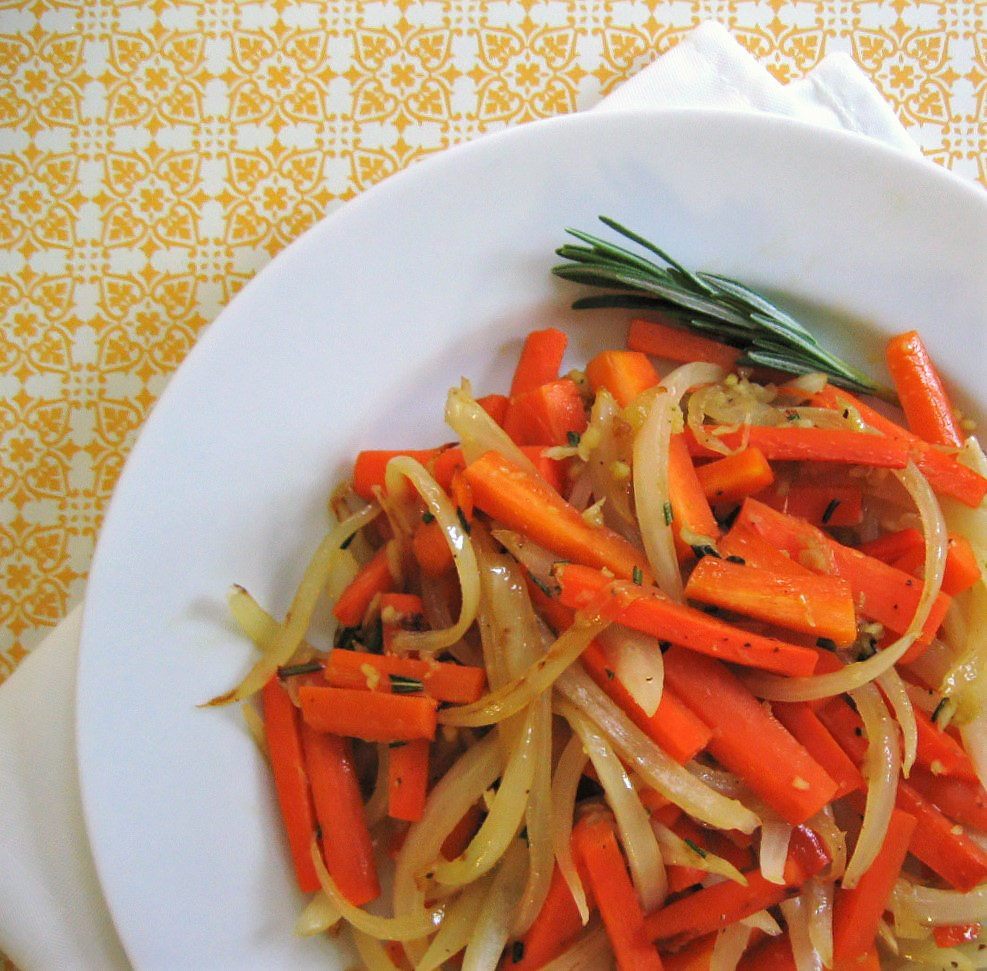
- Cucumbers: Cucumbers and onions help to improve each other's growth.

- Lettuce: Lettuce and onions help to repel each other's pests.
- Peas: Peas and onions help to improve each other's growth.
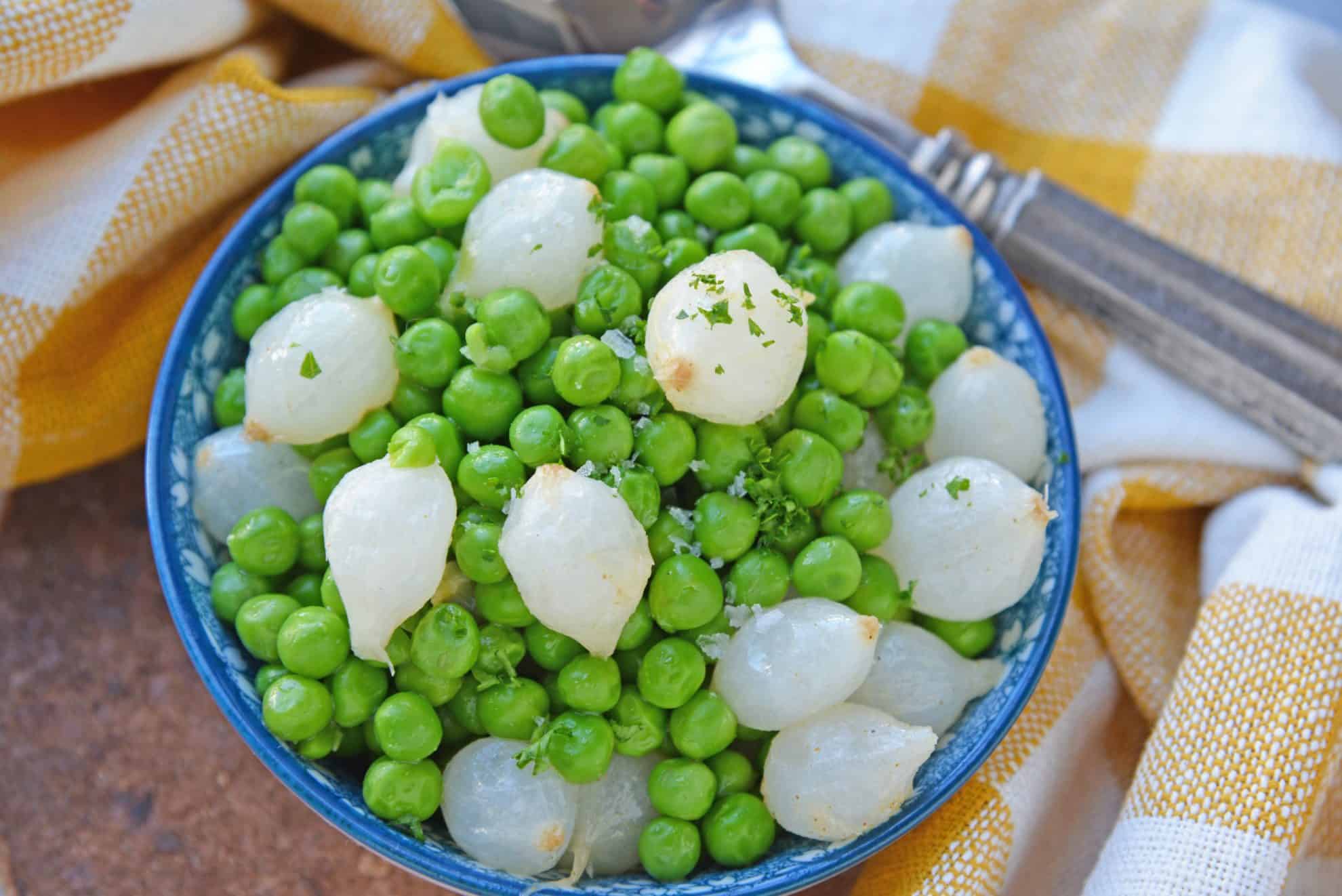
- Spinach: Spinach and onions help to repel each other's pests.

Question 2: How long does it take to grow bunching onions from seed?
Answer: Bunching onions can usually be harvested around 60 days after germination. However, it is best to wait until the green leaves are at least 30 centimeters long before harvesting. After harvesting, the green leaves will continue to grow back, so you can harvest them repeatedly.
Question 3: What are some common pests and diseases that affect bunching onions?
Answer: Some common pests and diseases that affect bunching onions include:
- Aphids: Aphids are small, soft-bodied insects that suck the sap from plants. They can cause leaves to wilt and curl.
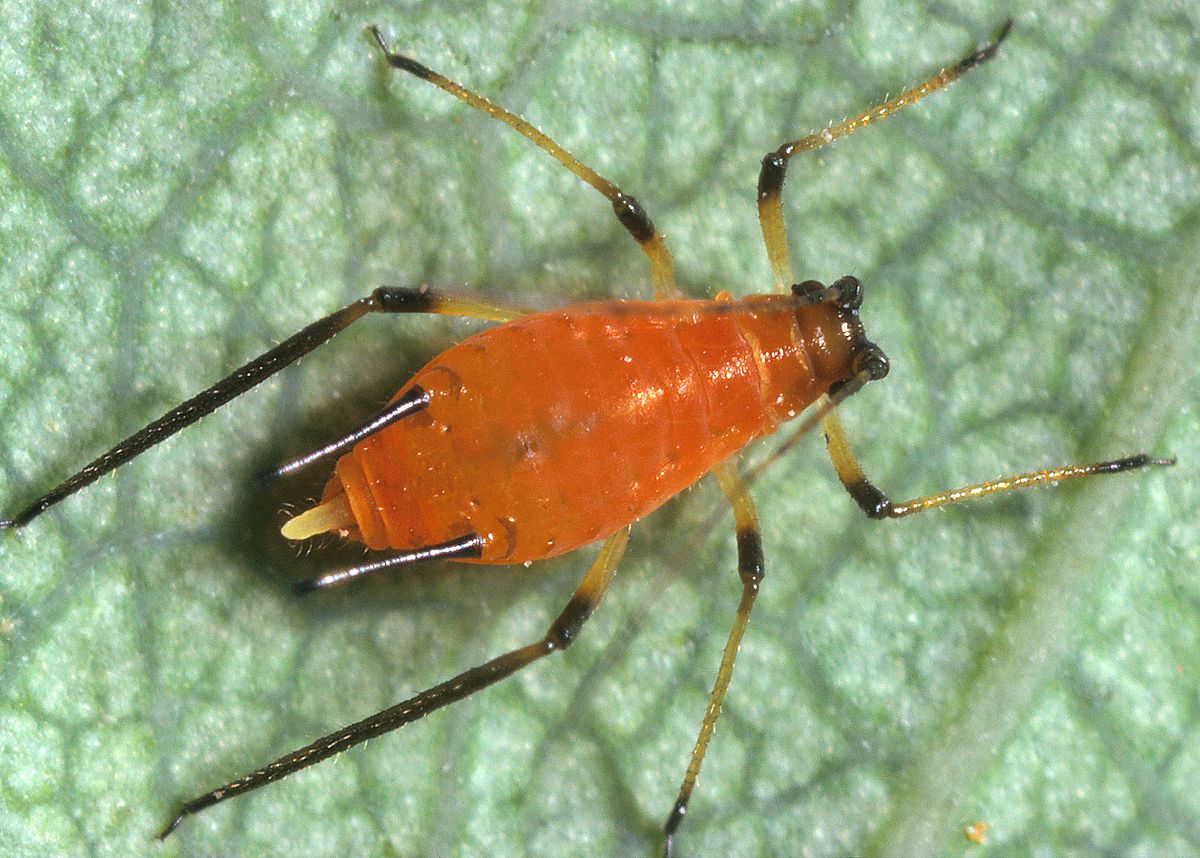
- Bunch rot: Bunch rot is a fungal disease that causes the roots and bulbs of bunching onions to rot. It is most common in wet, humid conditions.

- Downy mildew: Downy mildew is a fungal disease that causes leaves to develop a grayish-white mold. It is most common in cool, wet conditions.
- Slugs and snails: Slugs and snails can eat the leaves of bunching onions. They are most active at night.
- Thrip: Thrips are small, slender insects that suck the sap from plants. They can cause leaves to become speckled or stippled.

Question 4: How can I prevent pests and diseases from affecting my bunching onions?
Answer: There are a number of things you can do to prevent pests and diseases from affecting your bunching onions:
- Plant resistant varieties: There are a number of varieties of bunching onions that are resistant to certain pests and diseases.
- Rotate crops: Rotating crops will help to reduce the buildup of pests and diseases in the soil.
- Water and fertilize properly: Watering and fertilizing your bunching onions properly will help to make them more resistant to pests and diseases.
- Inspect your plants regularly: Inspect your plants regularly for signs of pests and diseases.
- Control pests and diseases early: If you do find pests or diseases on your plants, it is important to control them early.
Question 5: How can I store bunching onions?
Answer: Bunching onions can be stored for several weeks in a cool, dark place. To store them, cut off the roots and leaves, and leave the bulbs unwashed. Place the bulbs in a single layer in a paper bag or basket, and store them in a cool, dark place.
Image of bunching onion companion plants
5 different images of "bunching onion companion plants" from Pinterest:
- Cabbage. Onions and cabbage are both members of the Brassica family, so they benefit from each other's presence. Cabbage helps to repel pests from onions, and onions help to improve the flavor of cabbage.

- Chamomile. Chamomile is a flowering plant that has insect-repelling properties. Planting chamomile near onions can help to keep pests away.

- Summer savory. Summer savory is another flowering plant that has insect-repelling properties. It can also help to improve the flavor of onions.

- Carrots. Carrots and onions are often planted together because they help to deter each other's pests. Carrots help to repel root-knot nematodes, which can damage onion roots. Onions help to repel aphids, which can damage carrot leaves.

- Leeks. Leeks and onions are both members of the allium family, so they benefit from each other's presence. They both repel pests and improve the flavor of each other's crops.
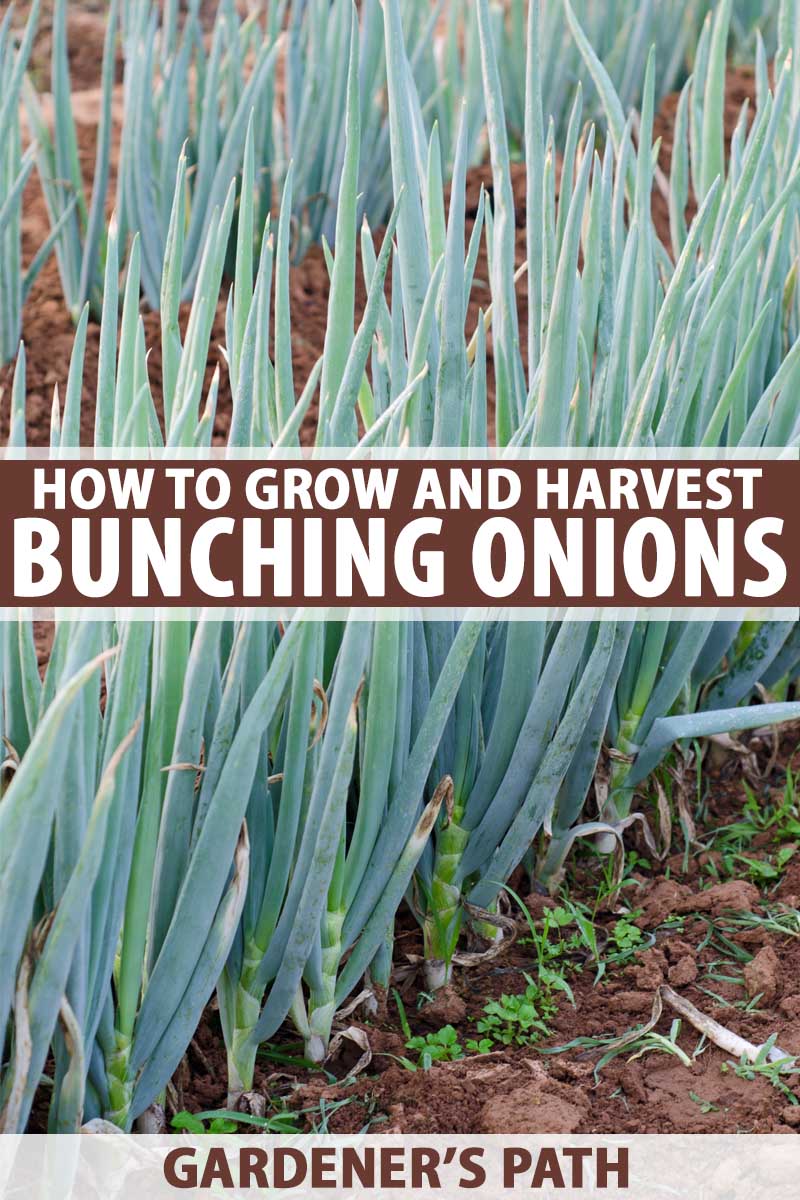
Post a Comment for " Best Companion Plants For Bunching Onions"